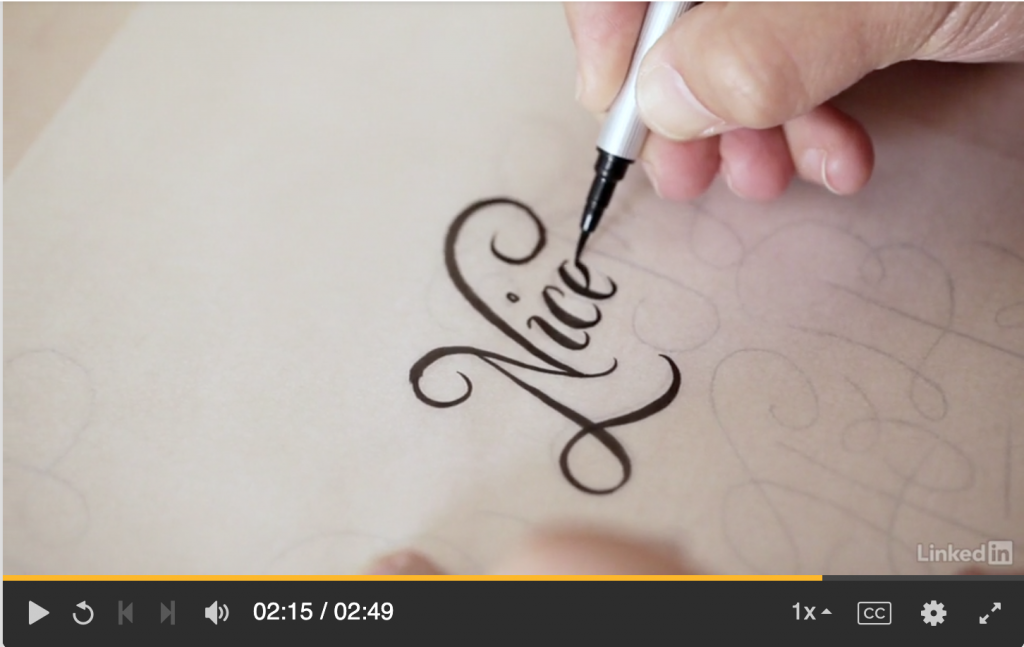Table of Contents
Class Info
- Date: Thursday, August 29
- Meeting Info: P123
- Topics: Intro, Syllabus, Course Overview, Supplies, Icebreaker
- Learn about the definition of design and breakdown of the design process. Begin learning basic elements of design, including:
- Points
- Lines
- Shapes
- Texture
- Scale
Discussion: Course Overview
This design and color theory course explores graphic communication through the understanding of the elements and principles of design, as well as the design process, from idea development through final execution.
Let’s take a look at our course site and review the course materials.
- Syllabus
- Grading
- Schedule
- Supplies
Student Success Center
The mission of the Student Success Center is to connect City Tech students to personalized guidance, resources, and support to foster persistence and retention to timely degree attainment. Employing a holistic approach, the SSC will position students to thrive as active, engaged, and informed participants in their educational journey.
Please see them in the Library Ground Floor for any questions regarding anything campus related.
Introductions
Activity: Icebreaker
- Two truths and a lie
Discussion: What is Design? The Process & Elements of Design
What is Design?
To design is to plan or arrange elements in order to communicate a thought, feeling, or concept. Design can also be described as the organization of information. This information can be visual, aural, informational, or tactile.
The products of design are compositions — arrangements of elements. We will focus primarily on the arrangement of visual elements in this course, but we will also consider how all our senses affect how we interact with and understand the world.
Why Learn Design?
A good designer, independent of the medium (data, sound, pixels, paint, wood) has a significant advantage in the world. If you choose a design career and develop your creative vision, you can influence what people see/feel/do.
“We can change the world, only once we accept that it’s the everyday, mundane work of design that has the potential to stir change. And it’s the everyday work of a designer that requires your focus, your intuition, your curiosity, your love.”
Bill Chung, On design changing the world
What Kind of Careers?
There are many interesting opportunities for designers, but learning how to think creatively is useful for every career. Here are some careers that our Communication Design program can prepare you for:
- Graphic Design
- Advertising Design
- User-Experience Design
- Interface/Web Design
- Information Design
- Animation/Motion Graphics
- Broadcast/Video
- Photography
- Illustration

[Access with NYPL card]
How do you become a good designer?
First you must learn the fundamental principles. When building a sturdy house you need a strong foundation. When learning a new language you need to master grammar and vocabulary. It takes patience, attention to detail, dedication, and most importantly, staying curious.
What is curiosity?
Curiosity, in this context, is desire to learn more. Good designers are inquisitive investigators with a strong internal motivation to solve problems. Designers love a challenge. They use all of their senses to find inspiration and solutions to design problems. Like a scientist they research, experiment, get feedback, and repeat– until they arrive at the best solution to the design problem they face. Their first idea is rarely the best solution. A good designer follows a design process and practices design thinking.
What is a Design Process?
A Design Process is the workflow a designer uses. Following a clear design process gives structure to a design problem and helps to bring an idea from conception to final delivery. It is especially helpful when collaborating with others. Incorporating design thinking into the design process helps designers to understand the needs of those you are designing for.
The primary design process we will follow in this class is:
Discover: Ideation and Experimentation
Define: Iteration and Feedback
Develop: Refine and Execute
Deliver: Professional verbal, written, and visual presentation; critical reflection
Discussion: Vocabulary
Point – Takes form of visible mark or dot. Fundamental building block of all visual communication elements and principles.
Line – Composed of a number of points; a continuous mark applied to a surface.
Shape – Defined by boundary and mass; refers to contour or outline of a form
Texture – The look and feel of any surface; adds dimension
Space – Refers to distance or area related to other elements. Distance, area, and volume
Introduce Project 1: Line Pattern Design
To-Do Before Next Class
- Create an account on Openlab and join our OpenLab course. Post an introduction comment here.
- See How to Join a Course for help.
- Gather materials for next class
- Follow the Building your Visual Library guide.
- Ask for help if you get stuck
Materials for next class
Items from Supply List**
- sketch book (no smaller than 4”x6”)
- tracing paper (9″x12″)
- Pack of graphite pencils
- pencil sharpener
- eraser (magic rub or mars, and kneaded eraser)
- Fineliner inking pens
- Brush pens
** Note: if you are unable to purchase these items due to financial aid delays, please contact me BEFORE the next class.



